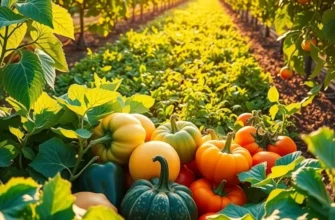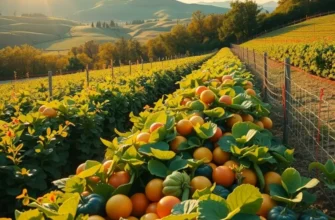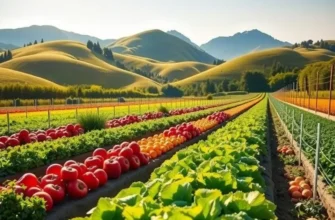Choosing foods that promote environmental regeneration is not just about personal health but also about nurturing our planet. The choices we make in our diets have profound impacts on ecosystems and biodiversity. By selecting sustainable foods, we can foster agricultural methods that regenerate land, conserve water, and reduce emissions, contributing to a healthier planet. This guide explores eco-friendly food choices that not only satisfy your palate but also support the restoration of our natural environment.
Regenerative Agriculture: The Backbone of Sustainable Foods
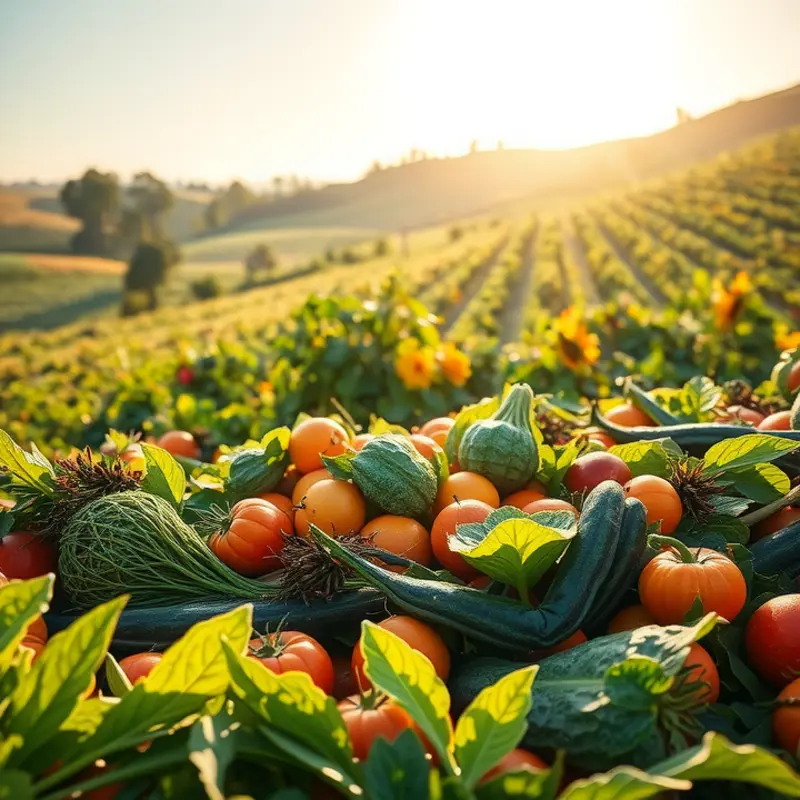
Regenerative agriculture represents a transformative approach in sustainable farming. Rooted in principles that prioritize restoring and enhancing ecosystem health, this method goes beyond traditional agriculture to truly fix the planet’s damaged systems.
At its core, regenerative agriculture focuses on rebuilding soil health. Healthy soil not only supports robust plant growth but also plays a crucial role in carbon storage. By increasing soil organic matter, regenerative practices enhance its capacity to sequester carbon from the atmosphere. This process directly contributes to mitigating climate change—one of the greatest challenges of our time.
Among regenerative techniques, cover cropping and crop rotations are fundamental. These practices prevent soil erosion, enhance nutrient cycling, and combat pests naturally. Such techniques also support the soil’s microbiome, fostering a thriving network of microorganisms pivotal for nutrient availability and plant health. Healthy, rich soil enables resilient plant growth, reducing the need for synthetic fertilizers and pesticides.
Regenerative agriculture also promotes biodiversity. By integrating a diversity of crops and livestock in farming systems, this approach mimics natural ecosystems. A varied landscape not only supports a wider range of wildlife but also strengthens ecosystem services essential to human and environmental health. Pollinators like bees thrive in biodiverse settings, crucial for food production.
Furthermore, regenerative practices contribute to water conservation. Techniques such as no-till farming minimize soil disturbance, enhancing its ability to retain moisture. This is particularly beneficial for arid regions, where water scarcity challenges conventional farming.
Implementing regenerative agriculture can lead to more nutritious food. Plants grown in biologically active, nutrient-rich soils yield produce that is higher in essential vitamins and minerals. This directly impacts human well-being, supporting health from the ground up. Consumers increasingly seek foods produced sustainably, recognizing the benefits for both their health and the planet.
Regenerative agriculture’s emphasis on local and circular food systems also reduces food miles. By supporting local farmers and communities, consumers minimize the carbon footprint associated with food transportation. This aligns with sustainable practices, creating a closer connection between producers and consumers.
For those keen on incorporating sustainable methods into their daily routines, it’s essential to understand how storage plays a role in reducing waste and maintaining food quality. For practical insights, see eco-smart kitchen storage strategies that complement regenerative practices.
Adopting regenerative agriculture is not merely about changing farming techniques—it is about changing our relationship with the earth. By committing to these methods, we contribute to a system where food production regenerates us and our planet, paving the way for a genuinely sustainable future.
Top Foods to Include for Regeneration
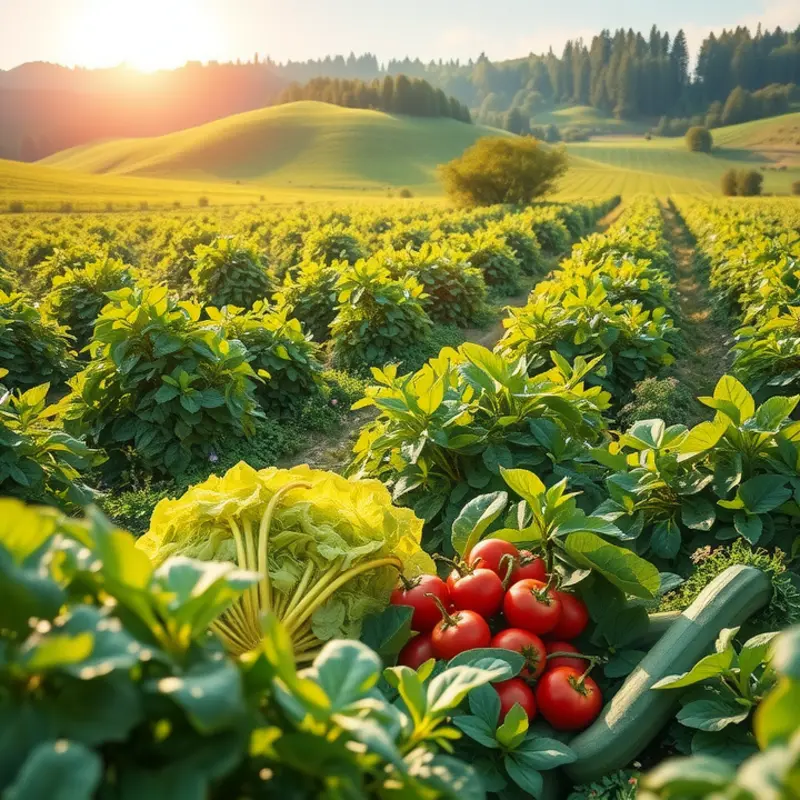
The shift towards sustainable eating supports both our health and the health of our planet. Central to this movement are foods that not only minimize environmental impact but actively contribute to ecological restoration. Consider incorporating regenerative grains, such as quinoa and amaranth, into your meals. These grains are known for their low water requirements and ability to thrive without synthetic fertilizers.
Regenerative grains aren’t just Earth-friendly; they are versatile and delicious. Use quinoa as a base for salads or as a substitute for rice in stir-fries. Amaranth, meanwhile, can be cooked similarly to oatmeal or used to boost the nutritional profile of baked goods.
Legumes, including lentils, chickpeas, and peas, play a vital role in sustainable agriculture. These plants enrich the soil with nitrogen, reducing the need for chemical fertilizers and supporting healthy soil microbiomes. Legumes also boast a high protein content, making them excellent meat substitutes. For easy meal ideas, consider making a hearty lentil soup or adding chickpeas to a nutritious salad. Such meals not only satisfy hunger but also alleviate pressure on over-fished marine stocks, discussed further here.
Selecting plant-based products over meat is another impactful step you can take. Beyond legumes, explore a variety of plant-based foods to diversify your diet. Leafy greens, root vegetables, and nuts deliver essential nutrients while supporting agricultural diversity. Each bite comes with the added benefit of reduced carbon emissions.
Incorporating these foods into your diet requires planning and intention. Prioritize purchasing from local farmers when possible. Local sourcing reduces transportation emissions and often ensures that food is grown with sustainable practices. Farmers’ markets are excellent places to explore seasonal produce and engage directly with those who cultivate your food.
Support ethical sourcing by choosing certified organic or fair-trade products. Know the power of your dollar and support companies that prioritize planet-friendly practices. This choice stimulates demand for more sustainable options in the marketplace.
Transitioning to a diet that favors regenerative foods doesn’t have to be overwhelming. Begin by integrating one new item per week. Swap conventional grains for regenerative options or commit to one plant-based meal per day. Over time, these small changes accumulate significant environmental benefits.
The journey towards sustainable eating is an ongoing process. Learning more about how each food impacts the planet can lead to a greater appreciation for the symbiotic relationship between our plates and the Earth. As we embrace the power of these regenerative foods, we advance towards a greener tomorrow for all living beings.
Final words
By making conscious choices about the foods we eat, we can significantly impact environmental health and regeneration. Selecting produce from regenerative agricultural practices and embracing a plant-based diet are among the most effective strategies to promote sustainability and biodiversity. As environmentally-conscious individuals, our commitment to these eco-friendly selections contributes to a ripple effect, supporting entire ecosystems and nurturing the earth for generations to come. Let every meal be an opportunity not just to nourish ourselves but to collectively heal our planet.



